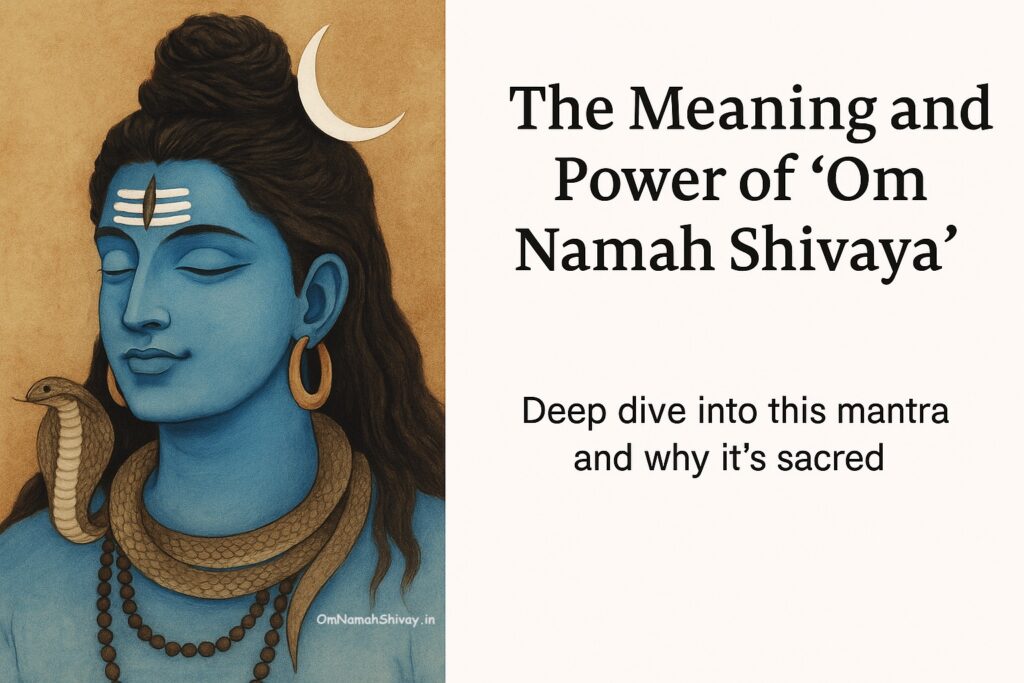The Meaning and Importance of Trishul in Lord Shiva’s Symbolism
Introduction
In the rich iconography of Lord Shiva, the Trishul (Trident) stands out as a deeply symbolic and powerful weapon. More than just a tool of destruction, Shiva’s Trishul represents the ultimate balance between creation, preservation, and destruction — the three fundamental forces that govern the universe.
In this article, we explore the profound meaning behind the Trishul and its importance in understanding the deeper aspects of Lord Shiva’s nature.
What is the Trishul?
The Trishul (Sanskrit: त्रिशूल) is a three-pronged spear wielded by Lord Shiva. Each point of the trident carries a deep spiritual significance, symbolizing various trinities of existence.
The Trishul is often seen in Shiva’s imagery alongside his Damru (drum), his third eye, and his snake Vasuki, creating a complete and complex portrait of cosmic power.
The Three Points of the Trishul Represent
- Creation (Srishti): The act of bringing something into existence.
- Preservation (Sthiti): The nurturing and maintenance of life and order.
- Destruction (Samhara): The natural conclusion or dissolution for rebirth and renewal.
Thus, the Trishul reminds devotees that every ending is also a beginning and every act of destruction leads to regeneration.
Symbolic Meanings Associated with the Trishul
Beyond the cosmic cycle, the Trishul also represents the overcoming of three inner enemies:
- Ego (Ahamkara): The false identification with the limited self.
- Illusion (Maya): The deception of the senses.
- Karma (Action-Reaction): The cycle of cause and effect binding the soul.
By holding the Trishul, Shiva symbolizes mastery over these forces, offering a path toward liberation (moksha) for his devotees.
Trishul and Spiritual Awakening
The Trishul also relates to the three main energy channels (Nadis) within the human body according to yogic science:
- Ida Nadi (left channel – moon energy)
- Pingala Nadi (right channel – sun energy)
- Sushumna Nadi (central channel – pure spiritual energy)
A balanced activation of these three Nadis leads to the awakening of the Kundalini, the ultimate goal of spiritual practice. In this way, Shiva’s Trishul becomes not just a weapon of physical power but a profound symbol of spiritual realization.
Why is the Trishul Important in Worship?
When devotees meditate upon Lord Shiva with the Trishul, they are reminded to:
- Maintain balance in all areas of life
- Surrender pride, illusions, and attachments
- Understand that life’s challenges are opportunities for growth and purification
Keeping a small Trishul near your home altar or meditating on its form is believed to protect against negative energies and enhance inner strength.
Conclusion
The Trishul of Lord Shiva is not just a weapon — it is a key to understanding the universe, the self, and the path to liberation. It teaches that life is a dance between creation, preservation, and destruction, and that true freedom comes from transcending all dualities.
By contemplating the symbolism of the Trishul, devotees can align themselves with the timeless wisdom of Lord Shiva and walk the path of courage, balance, and spiritual awakening.
Om Namah Shivaya!


